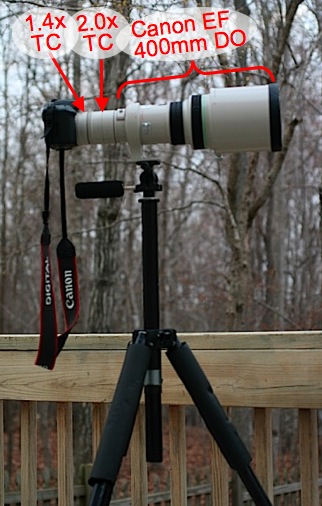
 |
| Figure
1: The Canon EF 400mm DO lens mounted on the Canon EOS 30D
camera, with both Canon EF Extender II teleconverters (1.4x and 2.0x)
attached. The tripod is an older model manufactured by Sanford &
Davis for use with light telescopes. |
 |
| Figure
2: (top) Canon 400mm DO
plus Canon Extender II EF 2.0. (middle) Canon 400mm DO plus Canon
Extender II EF 1.4. (bottom) Canon 400mm DO. |
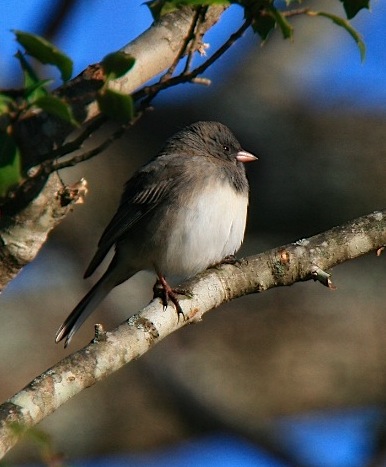 |
| Figure
7: Slate-colored Junco (Junco
hyemalis). Effective focal length: 1120mm (400mm + 2.0x + 1.4x).
Distance was about 70 feet. |
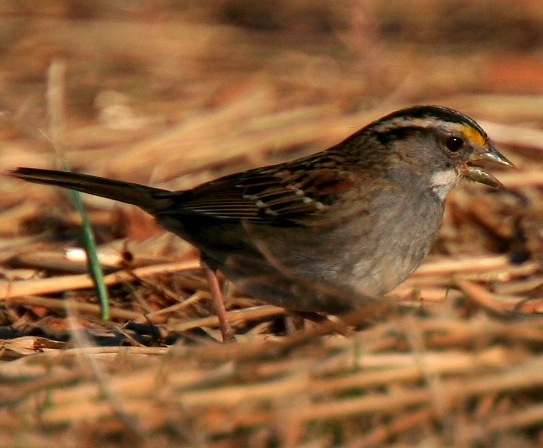 |
| Figure 8: White-throated Sparrow (Zonotrichia albicollis). Effective focal length: 800mm (400mm + 2.0x). Distance was about 50 feet. |
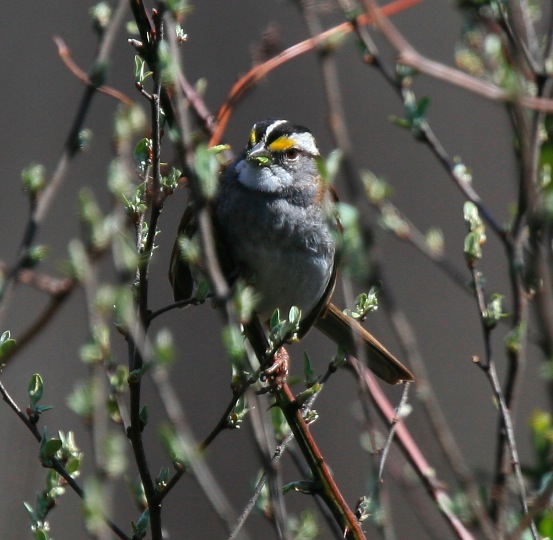 |
| Figure 9: White-throated Sparrow (Zonotrichia albicollis). Focal length: 400mm. Distance was about 20 feet. |
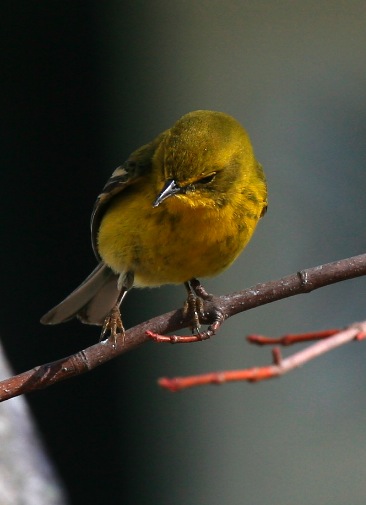 |
| Figure 10: Pine warbler (Dendroica pinus). Focal length: 400mm. Distance was about 18 feet. |
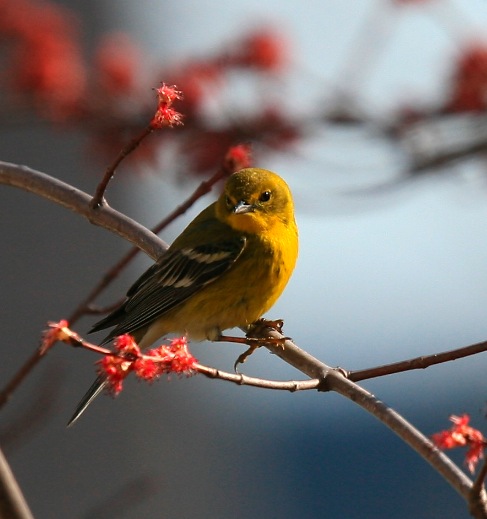 |
| Figure 11: Pine warbler (Dendroica pinus). Focal length: 400mm. Distance was about 25 feet. |
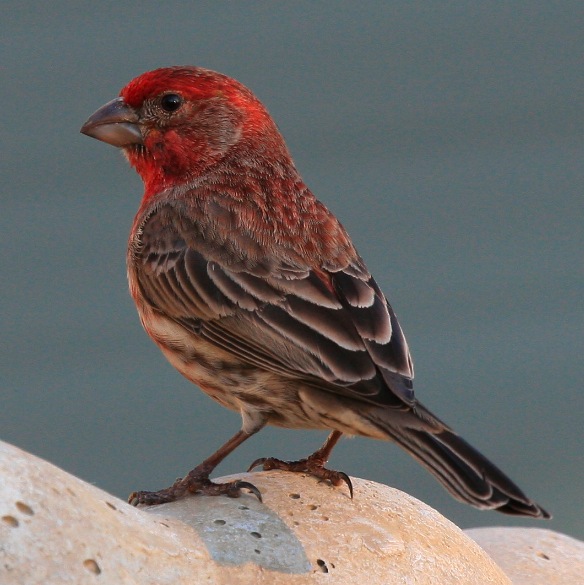 |
| Figure 12: House Finch (Carpodacus mexicanus). Focal length: 400mm. Distance was about 15 feet. |
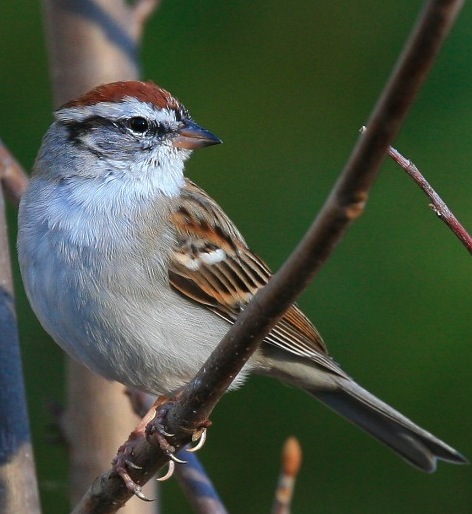 |
| Figure 13: Chipping sparrow (Spizella passerina). Focal length: 400mm. Distance was about 12 feet. |